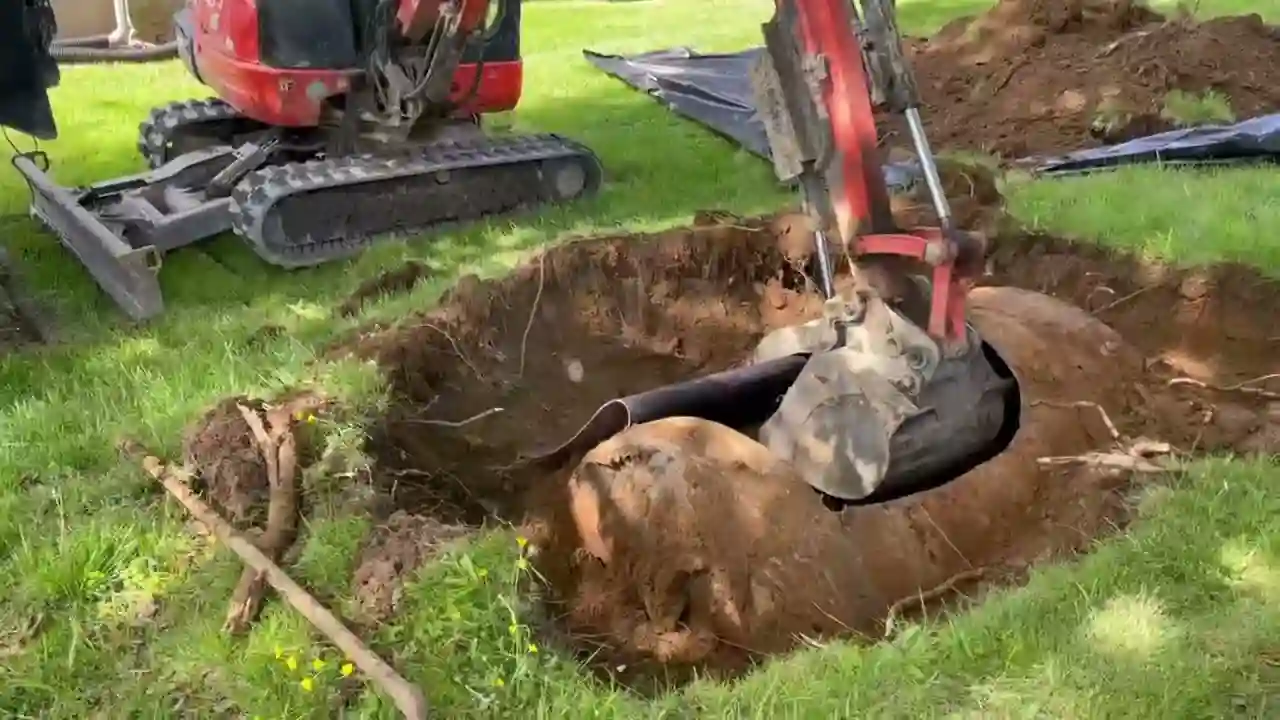
Tank Trouble: Navigating Challenges in Residential Oil Tank Removal
The presence of an aging or obsolete oil tank on residential properties can bring about unforeseen challenges that demand careful consideration during the removal process. “Tank Trouble: Navigating Challenges in Residential Oil Tank Removal” serves as a comprehensive guide, shedding light on potential hurdles and providing homeowners with essential insights to navigate the removal process effectively.
1. The Burden of Buried Tanks: Recognizing the Challenges
The guide begins by acknowledging the burden of buried oil tanks and recognizing the challenges they present. Signs of aging, including rust, corrosion, and potential leaks, are indicators that prompt homeowners to consider the necessity of removal. Understanding the challenges is crucial for developing a proactive strategy to ensure a smooth removal process.
2. Environmental Concerns: Mitigating Impact Through Strategic Planning
Environmental consciousness takes center stage in the oil tank removal guide. Homeowners must assess and minimize the potential impact on the surrounding environment, including soil and groundwater. This section of the guide emphasizes strategic planning to mitigate environmental consequences and navigate the challenges associated with oil tank removal.
3. Navigating Regulatory Waters: Securing Permits Amidst Challenges
Successfully navigating the regulatory landscape is a critical step in overcoming challenges during oil tank removal. Homeowners must secure permits and adhere to local regulations governing removal. Navigating these regulatory waters ensures the legality of the process and helps to proactively address potential challenges, avoiding delays and penalties.
4. Professional Guidance: Tapping into Removal Expertise
Collaborating with removal experts is a key feature of the guide. Removal professionals bring specialized knowledge about tank conditions, potential challenges, and optimal removal methods. Consulting with experts ensures homeowners make informed decisions, contributing to a strategic and efficient approach to residential oil tank removal, despite potential challenges.
5. Risk Assessment: Identifying and Addressing Unforeseen Hurdles
Conducting a thorough risk assessment is pivotal for success in overcoming challenges during residential oil tank removal. Identifying potential hazards, both structural and environmental, empowers homeowners to implement targeted mitigation strategies. A comprehensive risk assessment minimizes the likelihood of unexpected challenges and ensures a safe and successful operation.
6. Choosing the Right Removal Method: Adapting to Property Dynamics
Selecting the appropriate removal method is a crucial decision highlighted in the guide. Factors such as the tank’s condition, location, and potential environmental impact guide this choice. Adapting the removal method to property dynamics ensures an efficient and safe operation, minimizing disruption and addressing potential challenges associated with the removal process.
7. Strategic Site Excavation: Overcoming Challenges Below Ground
Strategic site excavation becomes a crucial phase in overcoming challenges during residential oil tank removal. Skilled operators, equipped with specialized tools, must execute precise digging techniques to uncover and extract the tank without causing damage or environmental disruption. Strategic excavation is essential for addressing challenges below ground.
8. Pumping Protocols: Safely Extracting Contents Despite Challenges
The guide delves into strategic pumping protocols for safely extracting the tank’s contents despite potential challenges. Advanced pumping technologies minimize the risk of spills, ensuring a controlled and clean extraction process. Adhering to environmental regulations guarantees the responsible handling and disposal of extracted oil, addressing challenges associated with content extraction.
9. Tactical Lifting and Transport: Ensuring a Secure Transition Despite Challenges
Tactical lifting and transport are pivotal elements explored in the guide. Precision and specialized equipment ensure a secure extraction without causing damage. Skilled operators contribute to overcoming challenges during the lifting and transporting of the tank from below ground to above ground, ensuring a secure transition despite potential challenges.
10. Post-Removal Verification: Confirming Success Despite Challenges
The guide concludes with post-removal verification, a critical step highlighted in the process. Environmental testing and soil analysis provide assurance that the removal process has been successful, despite potential challenges. Confirming success ensures homeowners can move forward confidently, having effectively navigated and overcome challenges associated with residential oil tank removal.
Conclusion:
“Tank Trouble: Navigating Challenges in Residential Oil Tank Removal” provides homeowners with a comprehensive guide for overcoming potential hurdles associated with the removal process. From recognizing signs of aging tanks and preparing for potential environmental impact to navigating regulations, consulting with professionals, and implementing safe removal methods, this guide ensures a strategic and informed approach to residential oil tank removal. Risk assessments, strategic excavation, pumping protocols, tactical lifting, and post-removal verification contribute to the safety and success of the oil tank removal, allowing homeowners to confidently address challenges and ensure a smooth transition.